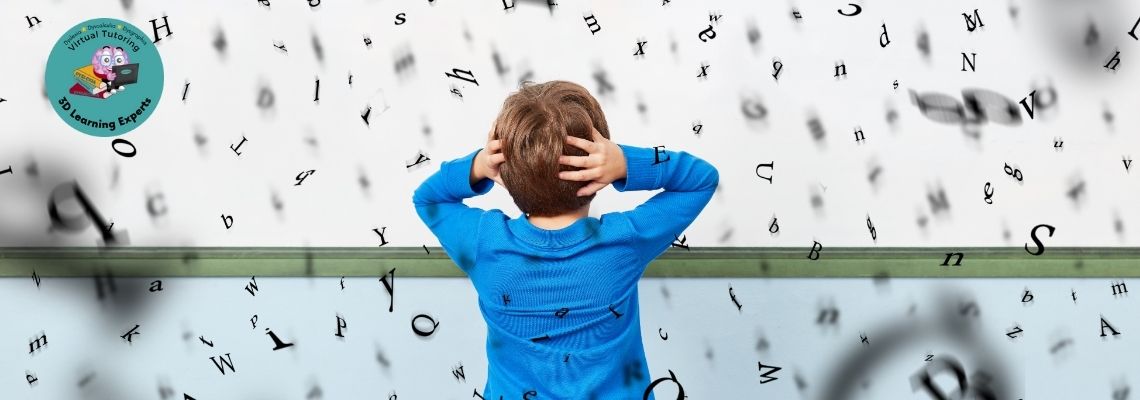Reading with Dyslexia can feel like trying to decode a secret language—every word, every sentence, an exhausting puzzle. While most children begin to read smoothly with time and practice, kids with Dyslexia face an entirely different experience. Understanding how reading feels to them is one of the most powerful ways parents and educators can offer empathy and support.
Why Understanding the Experience Matters
Dyslexia isn’t about intelligence or effort. In fact, many children with Dyslexia are incredibly bright, creative, and determined. The problem lies in how the brain processes written language. When adults or peers don’t understand this, they may assume the child is lazy, distracted, or not trying hard enough, which couldn’t be further from the truth.
It’s easy to misinterpret a child’s frustration or resistance to reading as behavioral. But often, it’s a defense mechanism. If reading is consistently difficult and embarrassing, avoidance becomes a natural response. By understanding what’s really happening beneath the surface, we can shift from judgment to support.
A Glimpse Into the Dyslexic Brain
According to the Cleveland Clinic, Dyslexia is a neurodivergent way of processing language. The brain struggles to connect letters with sounds and organize them into fluent words. So what does that actually feel like?
Here’s a breakdown of common experiences of reading with Dyselxia that children might describe:
- Words that shift or move: Letters may seem to float, reverse, or swap places, especially with longer passages.
- Reading is slow and tiring: It can take several times longer to read a sentence or a page, and the effort is mentally exhausting.
- Guessing at words: Children might rely on context or the shape of the word instead of decoding it phonetically.
- Frequent rereading: They may need to reread lines over and over to grasp the meaning.
- Loss of place: It’s easy to skip lines or lose track of where they are on the page.
- Low confidence: After repeated struggles, some kids begin to think they’re “bad at reading,” even though they’re capable and intelligent.
Reading With Dyslexia: Simulate the Experience
Want to understand what it might feel like? Try this short activity:
- Take a paragraph of text and replace 30% of the letters with random symbols.
- Now, read it aloud—without skipping anything.
- Try to remember what you just read.
This simulation isn’t exact, but it helps illustrate how frustrating and mentally draining reading can be for a Dyslexic learner. And yet, many of these children continue to show up, try again, and push through daily. Their persistence deserves to be acknowledged and supported.
Emotional Impact: More Than Just Reading
Dyslexia doesn’t just affect academics. It can lead to anxiety, shame, or even depression if a child constantly feels “behind” or “not good enough.” That’s why early understanding and encouragement are so important. Here are some ways to support the emotional side of Dyslexia:
- Celebrate strengths in creativity, storytelling, and problem-solving.
- Avoid pressuring them to “catch up”—focus on progress, not perfection.
- Talk openly about Dyslexia being a difference, not a defect.
- Share stories of successful people with Dyslexia (think: Einstein, Agatha Christie, Whoopi Goldberg).
The Power of the Right Support
When a child with Dyslexia gets help tailored to how they learn best, everything can change. Their confidence grows, reading becomes less scary, and they discover tools to work with their brain instead of against it.
Specialized reading and spelling tutoring can:
- Break reading into manageable steps
- Use multisensory techniques that engage sight, sound, and touch
- Build reading fluency at a pace that works for them
Reading With Dyslexia is Hard – Let’s Help Your Child Thrive
If your child seems to be struggling with reading, you’re not alone—and you don’t have to figure it all out by yourself. At 3D Learning Experts, we specialize in personalized Dyslexia tutoring that meets your child where they are and helps them grow with confidence.
Schedule a free consultation today to learn how we can support your child and make reading feel a little less overwhelming—and a lot more empowering.

